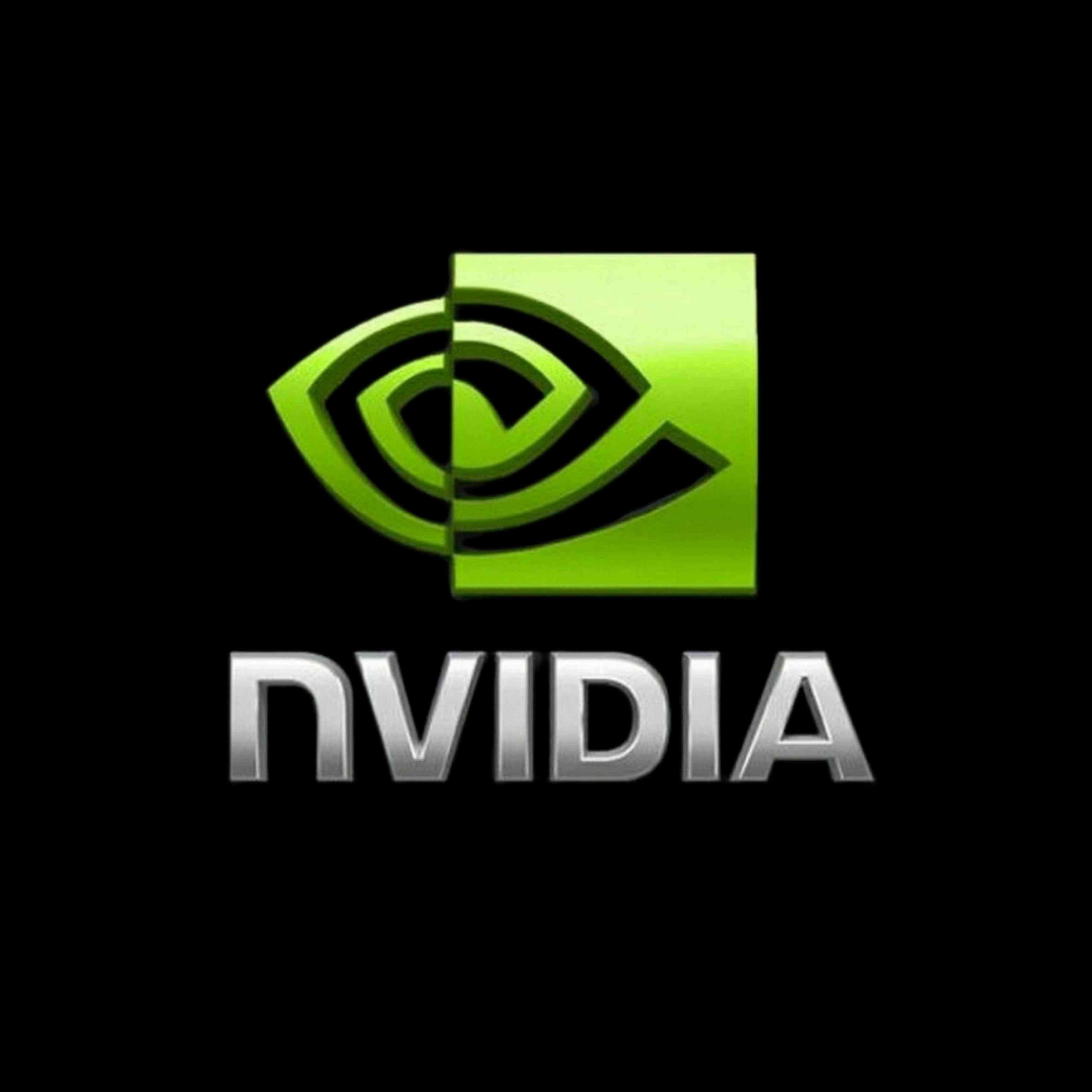NVIDIA

NVIDIA Corporation is a leading technology company recognized worldwide for its groundbreaking work in graphics processing, artificial intelligence (AI), and high-performance computing. Founded in 1993 by Jensen Huang, Chris Malachowsky, and Curtis Priem, the company began with a clear vision: to enhance computer graphics and revolutionize the way people interact with visual content. Headquartered in Santa Clara, California, NVIDIA started as a small enterprise focused on the gaming market but has since grown into a multi-billion-dollar giant influencing industries far beyond entertainment.
In its early years, NVIDIA concentrated on developing graphics processing units (GPUs) for the rapidly growing personal computer gaming sector. The company’s first big breakthrough came in 1999 with the launch of the GeForce 256, marketed as the world’s first GPU. This innovation introduced hardware-based transform and lighting, allowing developers to create richer and more complex 3D environments in games. Over time, NVIDIA’s GPUs became the gold standard for PC gamers, offering high frame rates, realistic visuals, and smooth gameplay.
NVIDIA’s GeForce brand remains a cornerstone of the gaming industry. The company continually releases new GPU generations that push the boundaries of performance and efficiency. Its RTX series, launched in 2018, introduced real-time ray tracing—a rendering technique that simulates the behavior of light for photorealistic graphics—and DLSS (Deep Learning Super Sampling), an AI-powered technology that boosts frame rates without sacrificing image quality. These advancements not only enhance the gaming experience but also set new benchmarks for visual fidelity across the industry.
While gaming established NVIDIA’s reputation, the company recognized early on that its GPU technology had applications far beyond rendering graphics. The parallel processing capabilities of GPUs made them ideal for tasks involving massive amounts of data. This insight led NVIDIA to expand into high-performance computing, where GPUs are used for scientific simulations, data analysis, and machine learning. NVIDIA’s CUDA (Compute Unified Device Architecture) platform, introduced in 2006, allowed developers to harness the full potential of GPUs for general-purpose computing. This opened the door for researchers and engineers to accelerate workloads that were once limited by CPU performance.
Open Positions
-
Senior Firmware Engineer – CSP Engagements
(Canada) (full-time)
-
Mixed Signal Analog Designer
(Belgium) (full-time)
-
Senior Signal and Power Integrity Engineer
(China) (full-time)
-
Senior System Software Engineer
(India) (full-time)
-
Senior AI and ML Engineer
(India) (full-time)
-
Software Engineer, DPU BMC Platform
(Israel) (full-time)
-
Program Manager, Developer Partner Marketing
(United State Of America) (full-time)
-
Principal Platform Software Engineer - OpenBMC Platform Architect
(United State Of America) (remote)
-
Senior Engineer - Deep Learning Compiler Verification and Infrastructure
(United State Of America) (full-time)
-
Senior Technical Marketing Engineer - Advanced Platform Technologies
(United State Of America) (remote)
-
Cloud Efficiency Architect
(United State Of America) (full-time)
-
Offensive Security Researcher
(United State Of America) (full-time)
-
Senior Linux Kernel Systems Software Engineer – CSP Engagements
(United State Of America) (full-time)
-
Senior ASIC Design Engineer - XBAR IP
(India) (hybrid)
-
Senior ASIC Design Engineer - NOC IP
(India) (full-time)
-
Manager, Software Technical Program Management - Datacenter Systems
(United State Of America) (full-time)
-
Senior Firmware PHY Developer
(Israel) (full-time)
